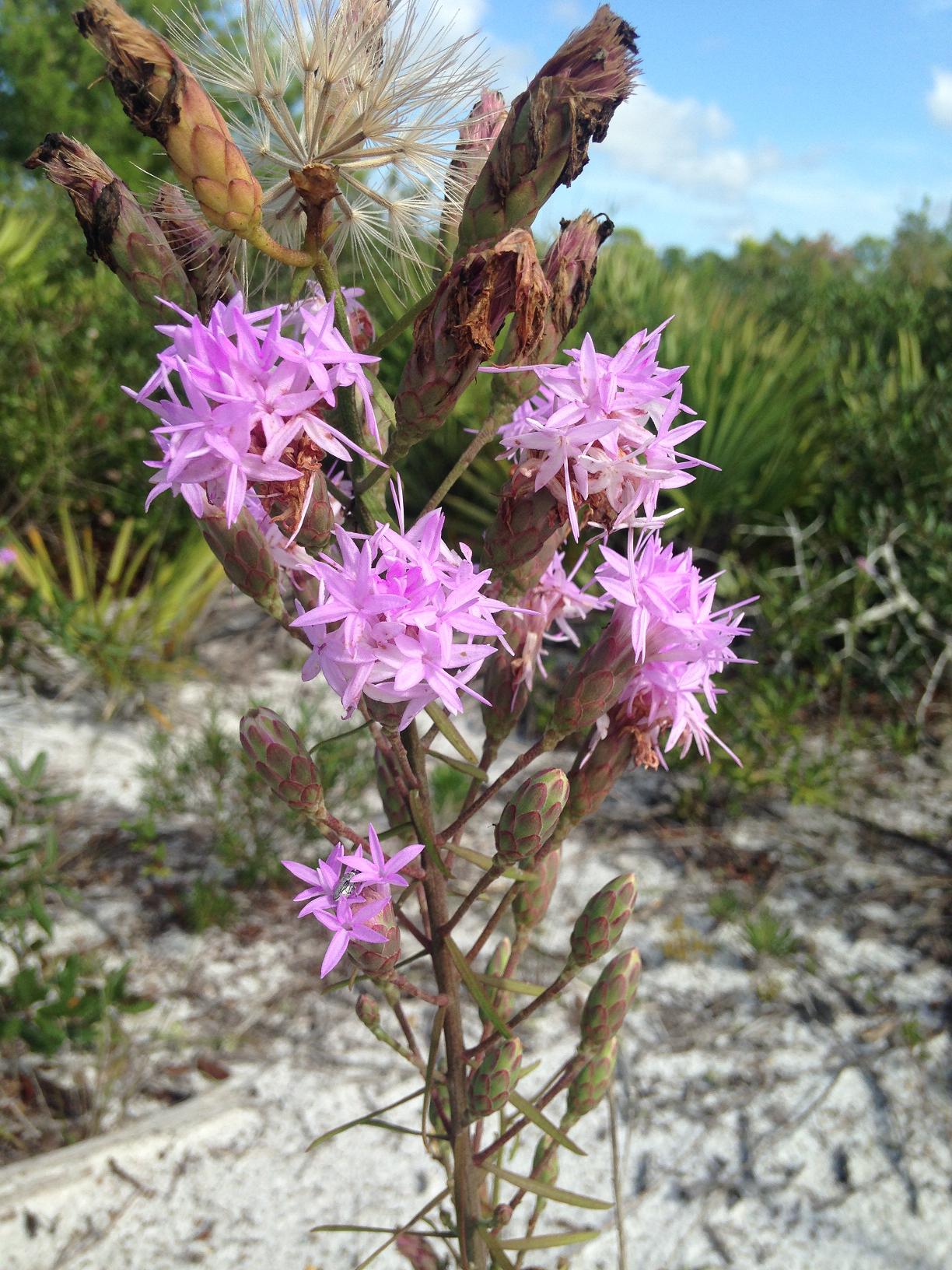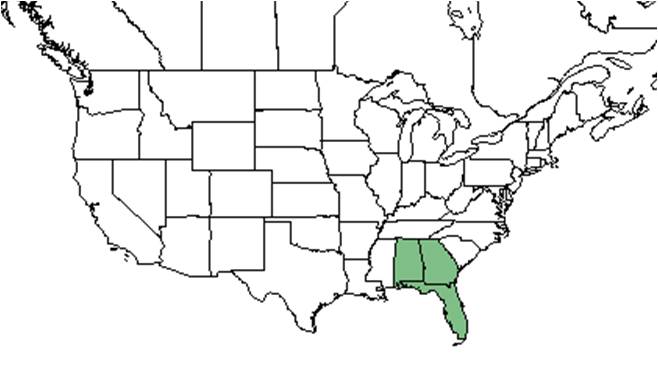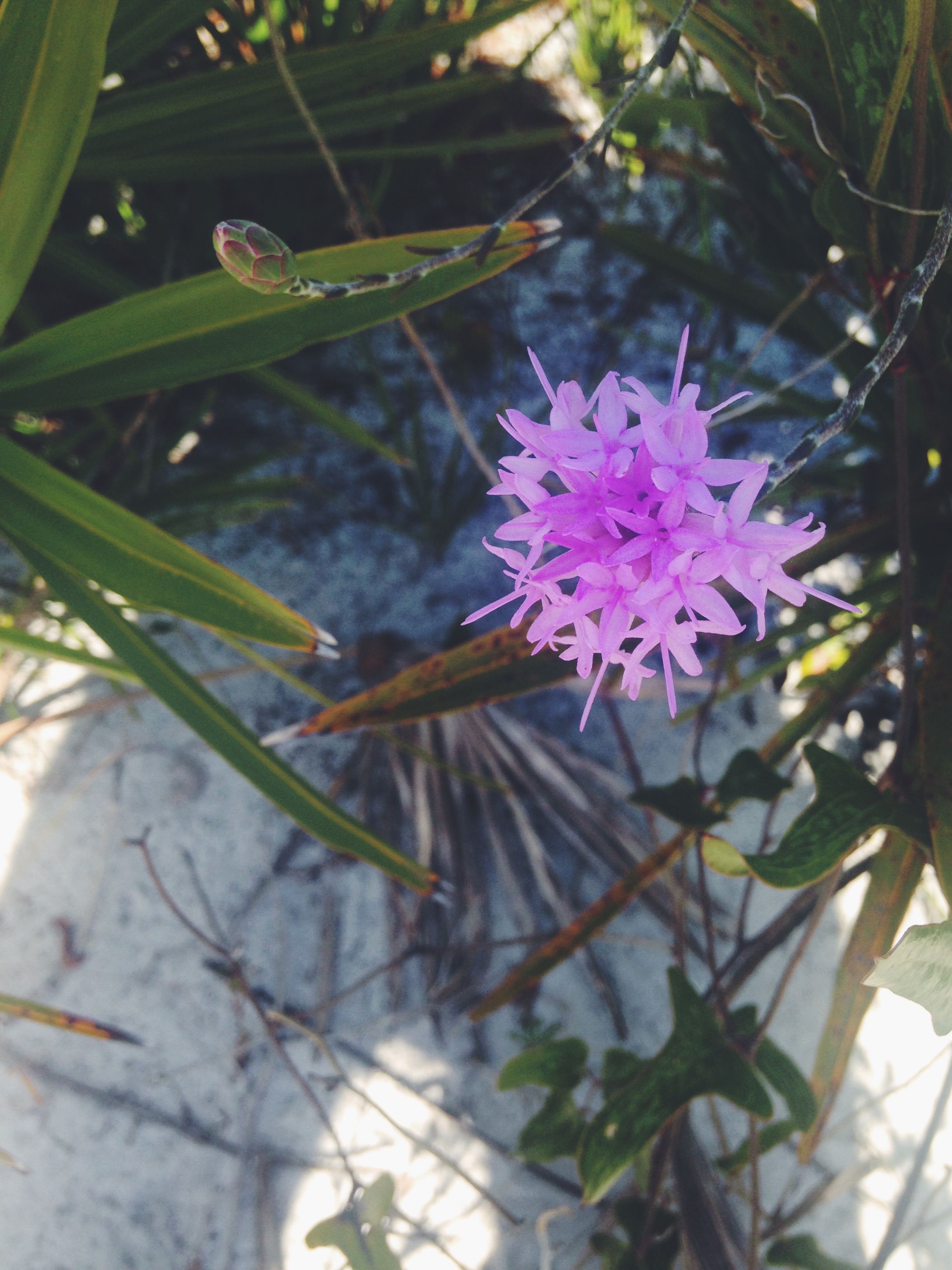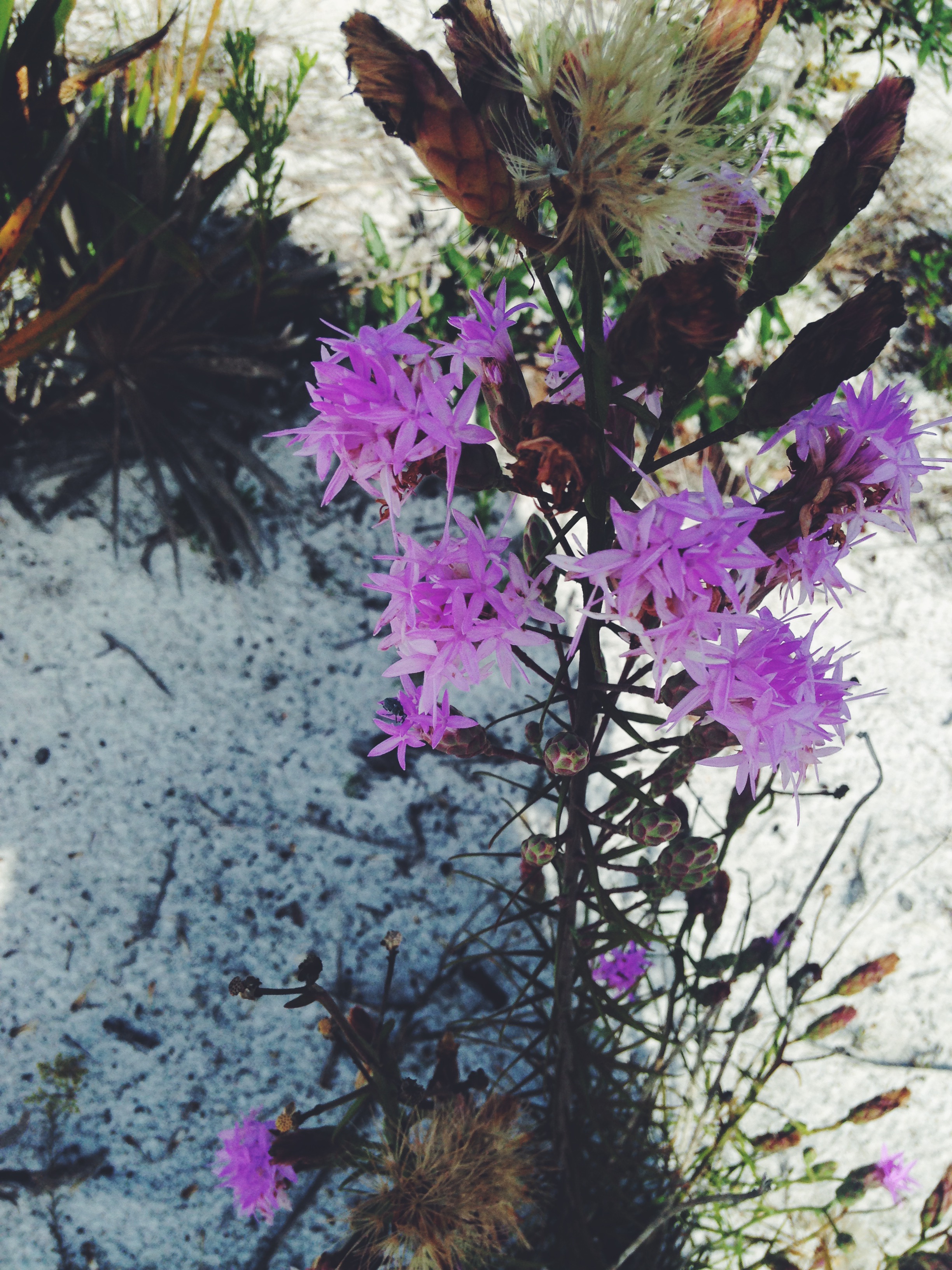Liatris ohlingerae
| Liatris ohlingerae | |
|---|---|

| |
| Photo taken by Kaitlin Griffith at Archbold Biological Station | |
| Scientific classification | |
| Kingdom: | Plantae |
| Division: | Magnoliophyta - Flowering plants |
| Class: | Magnoliopsida – Dicotyledons |
| Order: | Asterales |
| Family: | Asteraceae ⁄ Compositae |
| Genus: | Liatris |
| Species: | L. ohlingerae |
| Binomial name | |
| Liatris ohlingerae (S.F. Blake) B.L. Rob. | |

| |
| Natural range of Liatris ohlingerae from USDA NRCS Plants Database. | |
Common name: Florida blazing star
Contents
Taxonomic notes
Description
A description of Liatris ohlingerae is provided in The Flora of North America.
L. ohlingerae is an endemic perennial with narrow, linear leaves that help conserve water in the xeric sands of the Lake Wales Ridge. The flowers are clustered at the tip of the flowering stalk, with broad flowering heads and narrow leaves, help distinguish this species from the other 8 Liatris species found in Florida [1]. After seed dispersal, the flowering stems senesce and die; the plant will resprout from a bulb in the spring. Unlike other composites, L. ohlingerae lacks ray flowers and only has perfect, tubular disc flowers. The fruit is a composite achene with a pappus of fine hairs [2].
Distribution
It is endemic to the xeric sands of the Lake Wales Ridge in Highland and Polk counties [2].
Ecology
Habitat
L. ohlingerae can be found in the xeric sands of scrubby flatwoods, and both rosemary and oak scrubs along the southern portion of the Lake Wales Ridge. Associated species include Ceratiola, Quercus geminata, and Quercus myrtifolia (FSU Herbarium) [2].
Unlike many other Florida scrub endemics, L. ohlingerae is not a gap specialist, but rather has a broader microhabitat tolerance. It has been observed to colonize anthropogenic sites within its natural habitat, such as firelanes and roadsides (Weekley and Tucker 2008).
Phenology
Has been observed flowering in June at Archbold Biological Station by Kaitlin Griffith. Flowers August through October (FSU Herbarium).
Seed dispersal
Seed bank and germination
Fire ecology
Pollination
The following Hymenoptera families and species were observed visiting flowers of Liatris ohlingerae at Archbold Biological Station (Deyrup 2015):
Halictidae: Lasioglossum nymphalis
Use by animals
Diseases and parasites
Conservation and Management
Cultivation and restoration
Photo Gallery
References and notes
Deyrup, M.A. and N.D. 2015. Database of observations of Hymenoptera visitations to flowers of plants on Archbold Biological Station, Florida, USA.
Florida State University Robert K. Godfrey Herbarium database. URL: http://herbarium.bio.fsu.edu. Last accessed: October 2015. Collectors: W.P. Adams, Loran C. Anderson, Beverly Judd, Walter S. Judd, R. Kral, O. Lakela, S. Nichole Ohlinger, John K. Small, D.B. Ward, E. West. States and Counties: Florida: Highlands, Polk. Compiled by Tall Timbers Research Station and Land Conservancy.

